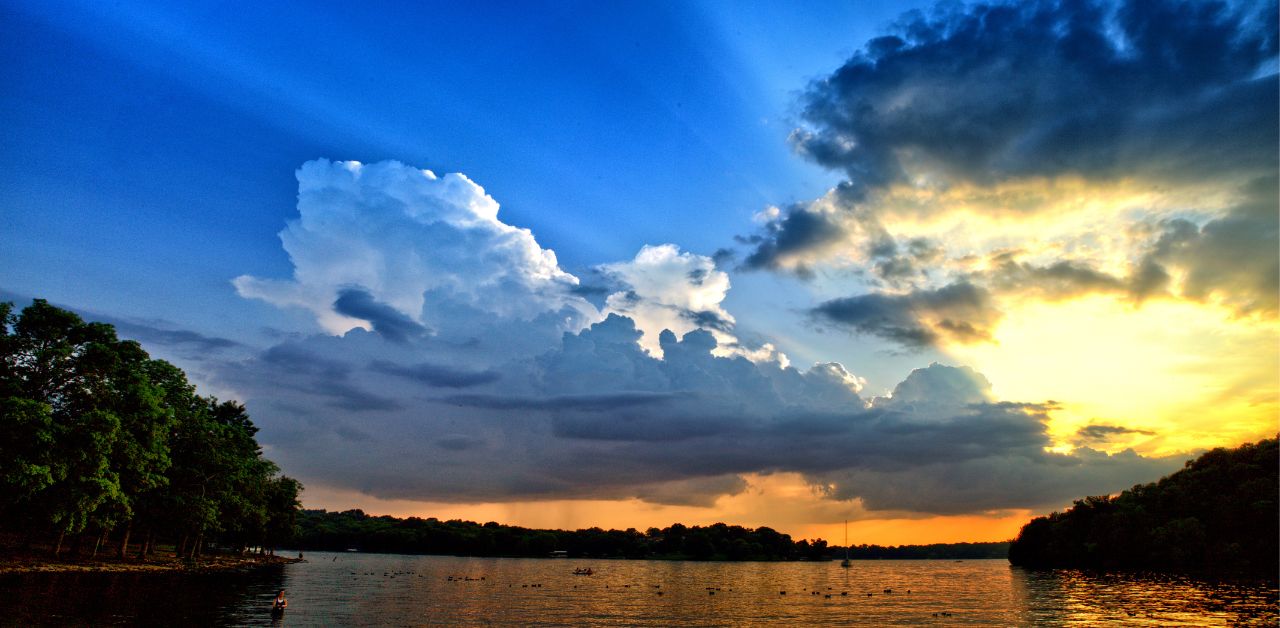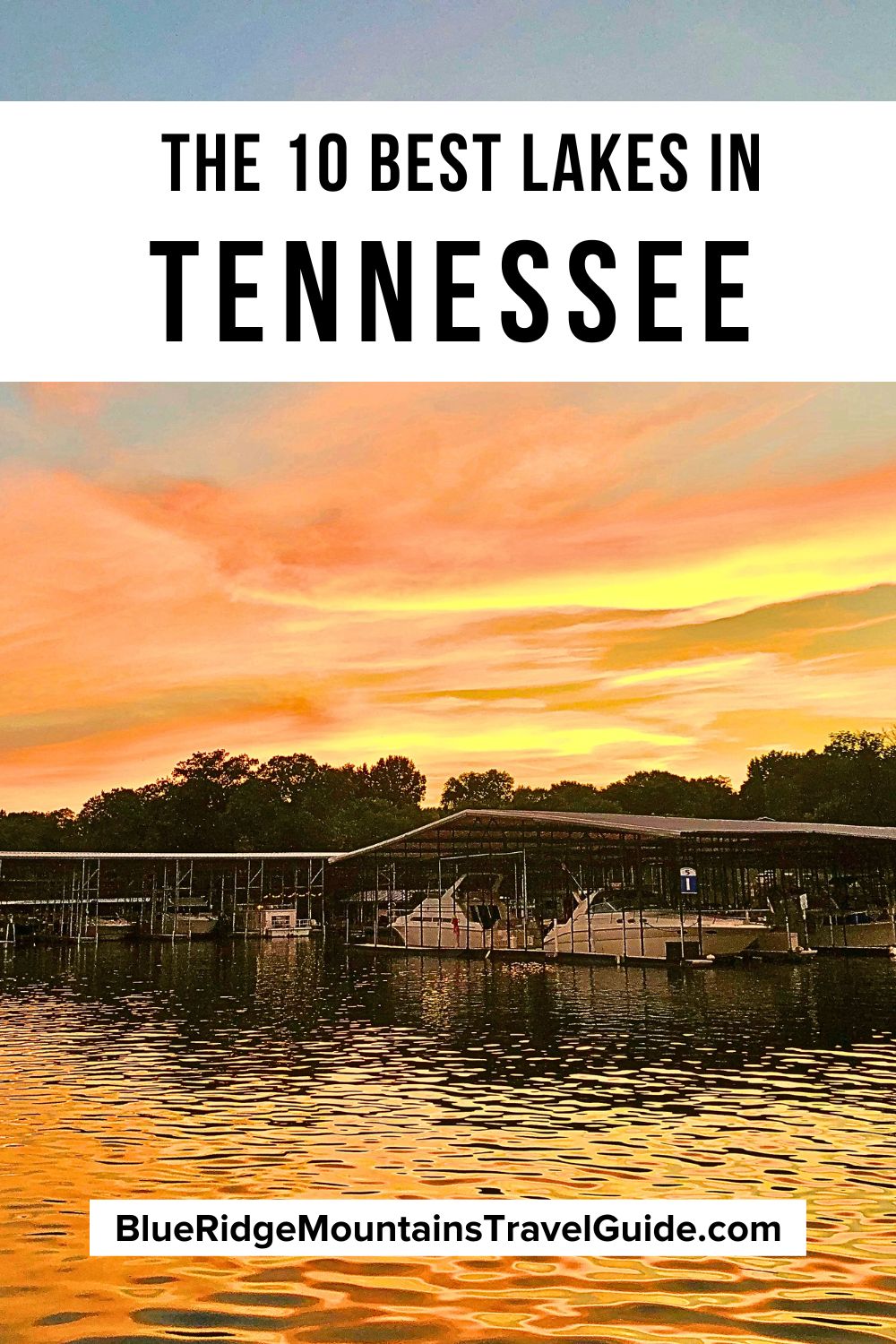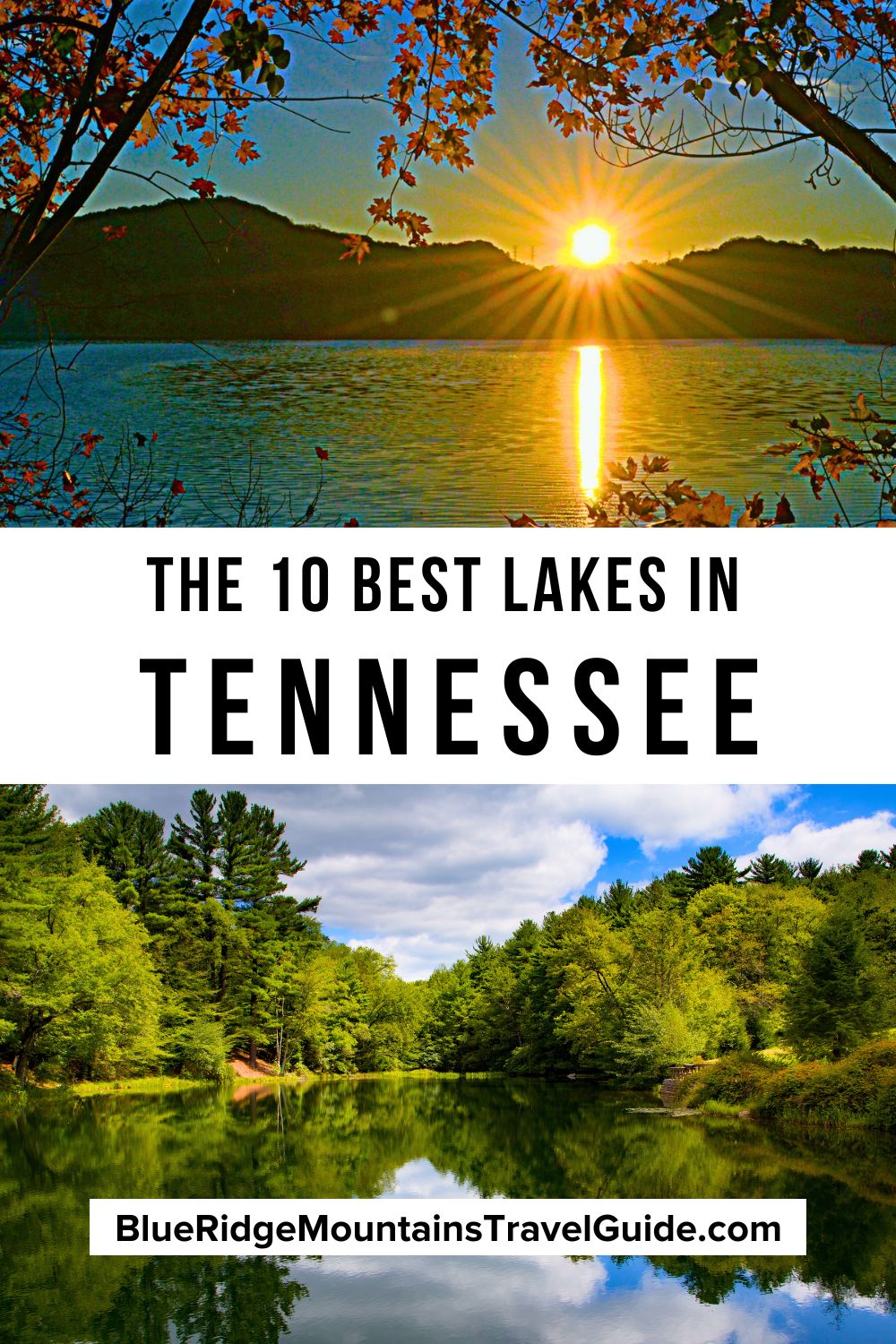The dynamic topography and vast wilderness of East Tennessee and the Smoky Mountains are the stuff of legend.
Odes to the dramatic terrain have appeared in so many bluegrass, folk, and country songs over the last 100 years, it can seem almost like a fantasy world if you’ve never visited the region.
But one thing that often gets overlooked in the mythology of the Tennessee mountains is the collection of phenomenal lakes in the state, which collectively encompass over half-million acres!
Interestingly, only one of the Tennessee lakes is a natural lake. The shallow Reelfoot Lake in northwest Tennessee was formed by a series by a series of earthquakes in the early 1800s.
The two largest lakes in Tennessee are Kentucky Lake (160,309 acres straddling the border of TN and KY) and Pickwick Lake (43,018 acres on the border with AL and MS).
Wondering about the biggest lake in Tennessee that is only in Tennessee? That would be Watts Bar Lake, which covers more than 39,000 acres.
Watts Bar Lake is a product of the Tennessee Valley Authority, a federal agency established in the 1930s to control floods, improve navigation, and produce electricity along the Tennessee River and its tributaries.
Many of the mountain lakes in Tennessee were among the 30+ TVA projects. In fact, the authority also produced lakes in 6 other states, several of which were previously featured in our story on the best North Carolina lakes.
Read on for our in-depth guide to the the best lakes in Tennessee to visit, including info on their location, size, popular attractions, and activities you can enjoy when you visit.
We’ve also included a Lakes in Tennessee map for your trip-planning pleasure, with lakes near Chattanooga, Knoxville, Nashville, and Middle TN included.
READ MORE: 20 Beautiful Birds of Tennessee
Best Lakes in Tennessee Guide
(Arranged geographically)
- Chickamauga Lake
- Fall Creek Falls Lake
- Tims Ford Lake
- Cherokee Lake
- Douglas Lake
- Norris Lake
- Tellico Lake
- Center Hill Lake
- J Percy Priest Lake
- Old Hickory Lake
READ MORE: The 20 Best Lakes in the North Georgia Mountains
Best Lakes in Chattanooga TN

1. Chickamauga Lake
(36,240 acres)
Located 15 miles from Lookout Mountain and only 8 miles from town, Lake Chickamauga is one of our favorite Chattanooga lakes.
Completed in 1940, it’s one of the many reservoirs located along the Tennessee River.
Chickamauga Lake stretches nearly 60 miles, from the Watts Bar Dam to the Chickamauga Dam. It is neighbored by Watts Bar Lake to the north, and to the south by Nickajack Lake, another one of the lakes near Chattanooga.
There are several fantastic recreation areas on Lake Chickamauga, including Booker T. Washington State Park, Harrison Bay State Park, and the Hiwassee Wildlife Refuge.
Visitors can choose from 50 different access points to the lake, including beaches, day-use parks, and marinas. Several great campgrounds are available, as well as several canoe and kayak rental places.
Chickamauga is widely regarded as one of the best fishing lakes in Tennessee, with four state records established there. Most of the parks have fishing piers, and motorized boats are allowed on the lake.
READ MORE: The Best Things to Do in Lookout Mountain GA/TN
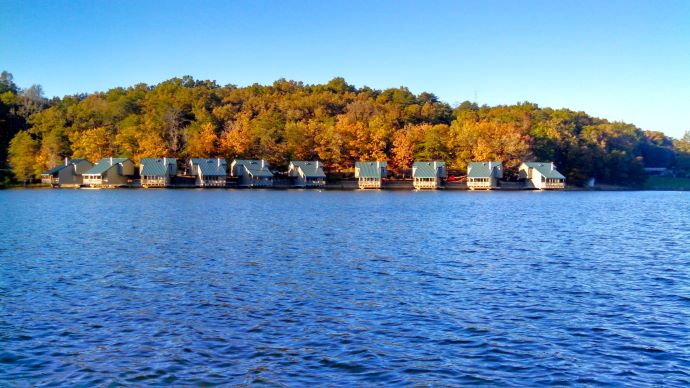
2. Fall Creek Lake
(345 acres)
Although it’s not one of the largest lakes near Chattanooga TN, Fall Creek Lake is the most alluring of all for me personally, because I love waterfalls!
There are 4 impressive waterfalls in Fall Creek Falls State Park, including the 256-foot Fall Creek Falls.
Like the Blue Ridge Parkway, this area was a Civilian Conservation Corps project in the 1930s, and its recreational offerings have grown considerably since becoming a Tennessee State Park in 1941.
Fall Creek Falls State Park has 30 cabins, over 200 campsites, and an 85-room lodge, many of which offer exceptional lake views.
The park also has 56 miles of hiking trails, a nature center, and an Environmental Education Center. One of the most popular trails leads right to the base of Fall Creek Falls.
Aluminum jon boats can be rented at Fall Creek Lake, but no privately-owned or motorized boats are allowed. Fishing is permitted, and state record catches for channel catfish and bluegill were recorded here.
READ MORE: Non-Venomous vs Venomous Snakes in Tennessee (ID Guide)
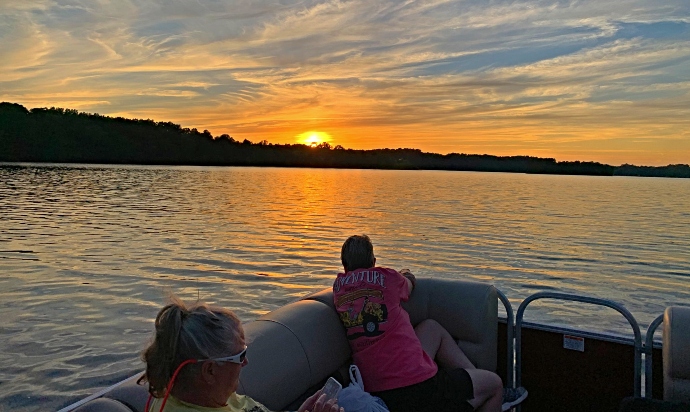
3. Tims Ford Lake
(10,700 acres)
Amongst the most popular lakes in Middle Tennessee, Tims Ford Lake is another TVA-operated reservoir.
It was named after a ford crossing of the Elk River that operated until a bridge was built shortly after the Civil War.
This lake has six islands, including Leatherwood Island, Big Island, Little Island, Maple Bend Island, Goose Island, and Devils Step Island. It’s also home to the 3,546-acre Tims Ford State Park.
The state park is rustic, but there are three campgrounds and cabins available to rent there. There are also primitive paddle-in and hike-in campsites available.
You can find Tims Ford Lake boat rentals at the Lake View Marina, as well as a snack bar, courtesy dock, boat launch, bait shop, and a fish-cleaning area.
The park has over a dozen miles of trails, both for hikers and mountain bikers, plus a lovely lakeside golf course.
This is a huge fishing destination, and a designated Bill Dance Signature Lake.
READ MORE: The Ultimate Ocoee River Rafting Guide
Best Lakes Near Knoxville TN
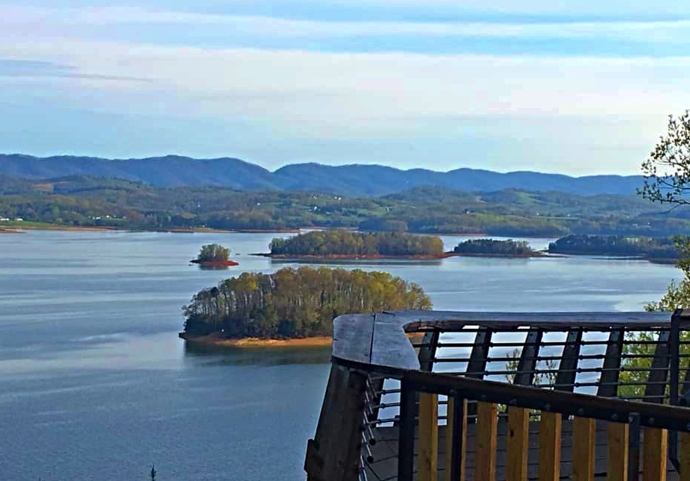
4. Cherokee Lake
(28,780 acres)
Located less than an hour from Knoxville, Cherokee Lake TN (which is technically a reservoir) is widely regarded as one of the top Knoxville lakes. Some folks even consider this the best lake in Tennessee!
It is also arguably the clearest and cleanest lake in Tennessee.
The dam for the Cherokee Reservoir is on the Holston River, about 50 miles upstream from where it converges with the French Broad River to create the Tennessee River.
This lake has over 400 miles of shoreline, with plenty of boat docks, parks, resorts, and public access areas for people to enjoy the water. Panther Creek State Park is one of the top spots for outdoor recreation.
The state park encompasses over 1,400 acres in the historic Holston River Valley. It offers campsites for RVs and tents, 30 miles of hiking trails, and over 15 miles of mountain biking trails.
In our experience, the overview of the reservoir from the top of Panther Creek State Park is truly a must-see for anyone visiting the lake.
Recreational activities at Cherokee Lake include kayaking, boating, fishing, swimming, and myriad other water sports.
READ MORE: The Tennessee Legend of the Bell Witch Haunting
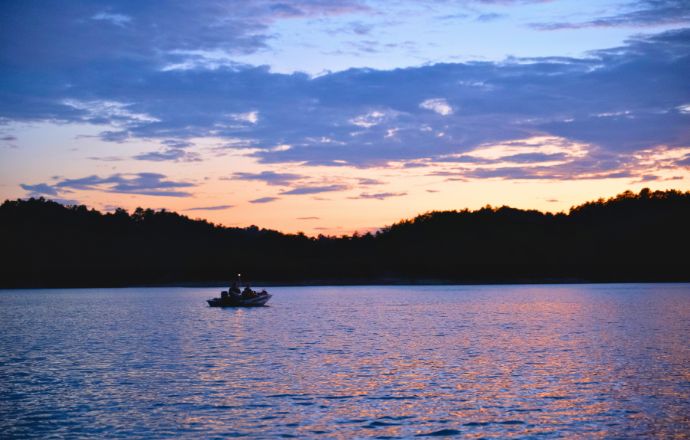
5. Douglas Lake
(28,422 acres)
An impoundment of the French Broad River, Douglas Lake is one of the many TVA lakes in East Tennessee.
It’s close enough to be considered a Knoxville TN lake, but it’s even closer to popular Blue Ridge Mountain towns like Pigeon Forge and Gatlinburg.
The Douglas Dam is just over 20 miles from Great Smoky Mountains National Park, and the other end of Douglas Lake is about the same distance from the Cherokee National Forest.
This popular East Tennessee lake attracts over 1.7 million visitors each year, despite the fact that most of the shoreline is privately owned. The resort town of Baneberry is right on the lake.
Douglas Lake is well known for fishing: It’s listed in the Top 5 US lakes for crappie, and in the Top 10 for largemouth bass.
It’s also open to water skiing and swimming, and there are plenty of campgrounds around the lake (including two by the Douglas Dam).
READ MORE: The 15 Best Things to Do in Great Smoky Mountains National Park
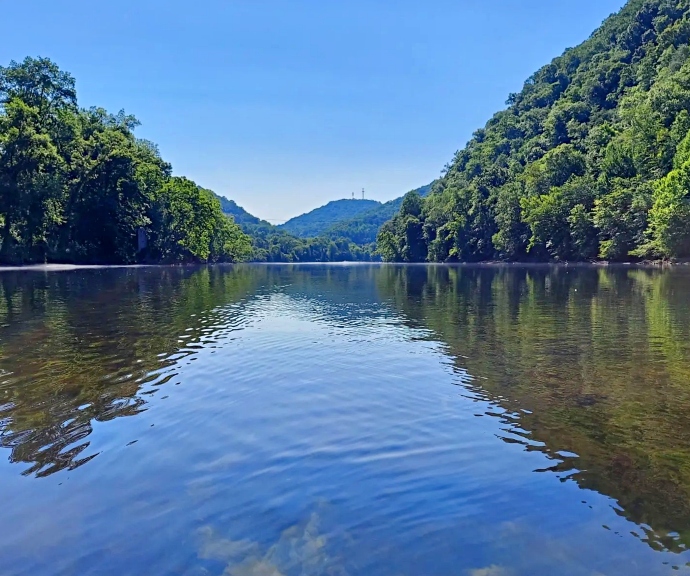
6. Norris Lake
(34,480 acres)
One of the largest lakes near Knoxville TN, Norris Lake is less than 50 miles north of the city. It was created by the Norris Dam in 1936, which was the TVA’s first project.
Norris Lake extends up both the Cinch River and the Powell River. It has over 1 million acres of flood storage capacity, and more than 800 miles of shoreline.
The lake is best accessed via Chuck Swan State Forest, which encompasses some 24,000 acres.
Most of the land used to create the lake had been small farms that were acquired by the TVA in the 1930s. They eventually transferred ownership to the state in 1952.
Chuck Swan State Forest has primitive camping and plenty of roads for exploring the area. Norris Dam State Park has more developed camping, and the Cove Creek Wildlife Management Area has more wilderness to explore.
Though it doesn’t offer the high-quality fishing of other vacation lakes in Tennessee, Norris Lake remains a cornerstone among the lakes in East Tennessee and Tennessee mountain lakes in general.
READ MORE: 30 Fascinating Facts About the Appalachian Mountains for Trivia Buffs

7. Tellico Lake
(15,560 acres)
Commonly regarded as the most controversial project undertaken by the TVA, Tellico Lake has ultimately won locals over because it attracts so many annual visitors.
The construction of the Tellico Dam ended the Little Tennessee River‘s shallow fishery, and eliminated 20 aquatic species from the river. It also flooded several important Cherokee archeological sites.
Construction of the dam was halted in 1977 due to a tiny fish, the Snail Darter, which was on the endangered species list.
Although courts decided in favor of conservation concerns, the Tellico Dam was exempted from the Endangered Species Act by the US Congress in 1980.
On the positive side, the Snail Darter population rebounded enough to get it off the Endangered Species List, and the Tellico Reservoir helped to protect what was once among the most flood-prone areas in the USA.
Tellico Lake is the closest to town of the lakes in Knoxville, Tennessee, backing up the Little Tennessee River to the boundaries of the city. Great Smoky Mountains NP is just a few miles southeast of the lake.
Tellico Lake is widely revered for its sizable largemouth bass and plentiful crappie. It also has three golf resort communities around it.
READ MORE: The 15 Best Great Smoky Mountains Campgrounds to Visit
Best Lakes in Nashville TN
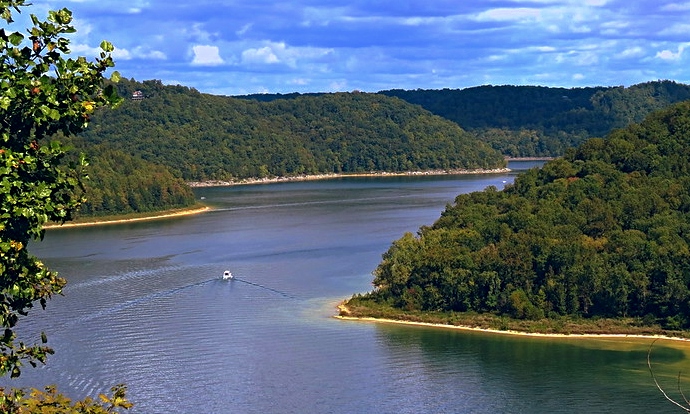
8. Center Hill Lake
(18,220 acres)
Center Hill Lake is considered one of the best lakes near Nashville, Tennessee. Measuring 64 miles long, it has 415 miles of shoreline and dips to nearly 200 feet deep.
The dam that created the lake was commissioned after the attack on Pearl Harbor in 1941 in order to provide additional electricity to support America’s defense industry.
Center Hill Dam was deemed to be under a high risk of failure in 2007, so it underwent a 12-year, $353 million repair job that started in 2008.
This lake is primarily fed by the Caney Fork and Falling Water Rivers, and is well-regarded for its myriad outdoor recreation and fishing opportunities.
It’s surrounded by gorgeous natural areas, including Edgar Evins State Park, Burgess Falls State Park, Rock Island State Park, Cane Hollow Recreation Area, Long Branch Recreation Area, and more!
READ MORE: 40 Facts About the History of the Banjo (From Africa to Appalachia)
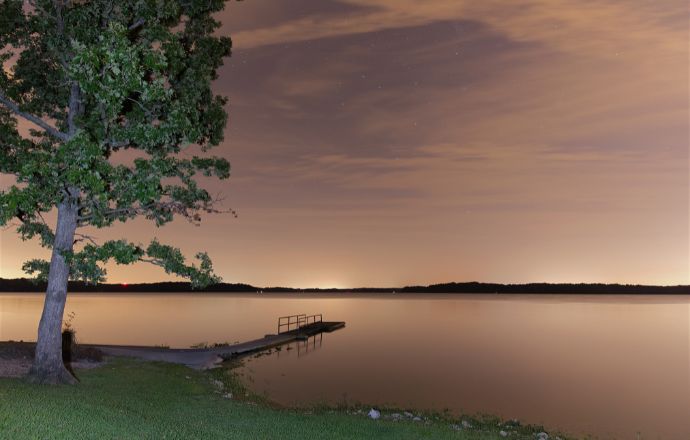
9. Percy Priest Lake
(14,200 acres)
Percy Priest Lake is located in Nashville.
But, at 14,200 acres, it’s big enough to have a presence in three different Middle Tennessee counties. It’s even visible from I-40, on the eastern reaches of the city!
Named in honor of a Tennessee congressman, the lake was formed by the Stones River, and the J. Percy Priest Dam was completed in 1967.
Percy Priest Lake is a haven for outdoors and water enthusiasts, with the Couchville Cedar Glade State Natural Area and Fall Creek Recreation Area on its shores.
Other popular areas here include Anderson Beach, 11 day-use areas, 3 campgrounds, 12 boat launches, and 6 marinas.
There are also several boat/yacht/sailing/rowing clubs that center around the lake, which is a very popular fishing destination with 6 species of bass, as well as catfish and crappie.
READ MORE: The 15 Best Lakes in the Virginia Mountains to Visit
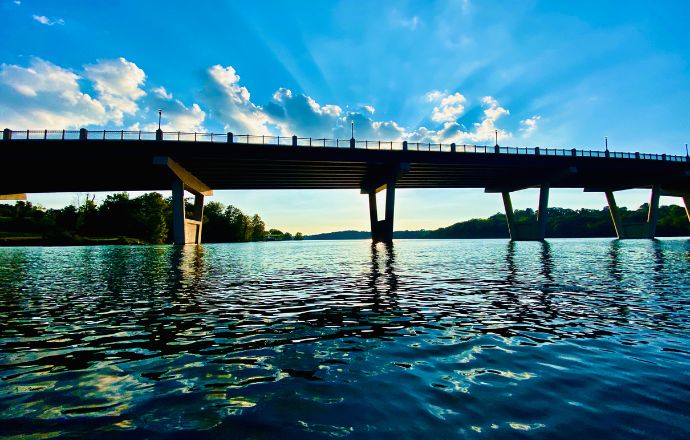
10. Old Hickory Lake
(22,500 acres)
Located on the Cumberland River about 15 miles northeast of Nashville, Old Hickory Lake stretches nearly 100 miles, from the Old Hickory Lock and Dam to the Cordell Hull Lock and Dam.
It is named after President Andrew Jackson, who lived in the area.
This most historic of Nashville lakes offers attractions that include Rock Castle (est. 1796), 8 marinas, 2 US Army Corps of Engineers campgrounds, and the Old Hickory Lake Arboretum.
Old Hickory Lake is used for all sorts of recreation, including boating, fishing, and swimming. A world record 25-pound walleye was caught here in 1960.
Natural areas around the lake offer additional opportunities for camping, hiking, and cycling.
The Lock 4 Park is one of the premier spots in Tennessee for mountain biking, while the Rockland Recreation Area has several picnic shelters, hiking, swimming, and myriad water sports. –by Jonathon Engels; featured photo of Old Hickory Lake via Canva

